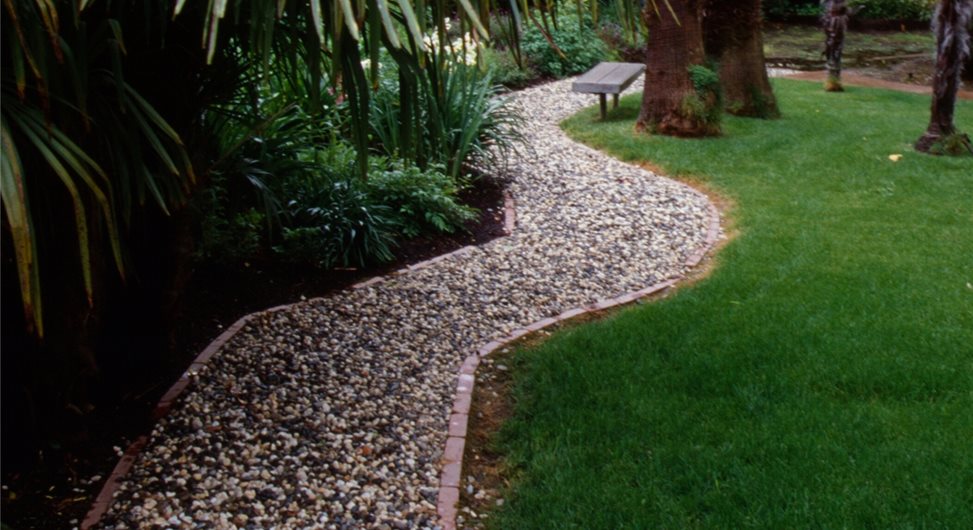As a rule, many owners of plots do not attach great importance to the drainage system or refuse it at all. Subsequently, this leads to numerous problems and failures on the garden plot.

The main purpose of drainage is to regulate the water-air regime of the soil. The root system of plants and soil microorganisms need not only water but also oxygen for normal development. Therefore, many plants do not tolerate stagnant humidification as their roots suffer from chronic oxygen deficiency in overwetted soil. This is particularly important when setting up your lawn. In overwetted soils, lawns “suffocate”, their growth, thaw and immune system deteriorate. In addition, damp soils are always colder and nutrients are actively washed out.
Among shrubs and trees, species with deep roots are the most affected by water stagnation. Thus drainage is mandatory for fruit trees, chestnut, oak, thuja and many other species. In this case, local drainage is done for each plant. Road surfaces and garden lighting can also suffer from excess water. Water can enter and stagnate in the basement of buildings with all its consequences.
The drainage of water from buildings and road surfaces often has both open and closed areas. From the roofs of buildings, water flows through gutters to trays that “cut” into the paving on the pavement. The water then flows into a rainwater receiver, where a removable container is installed to collect the debris washed away by the water. The water is discharged into the well via non-perforated plastic pipes from the rain collector.